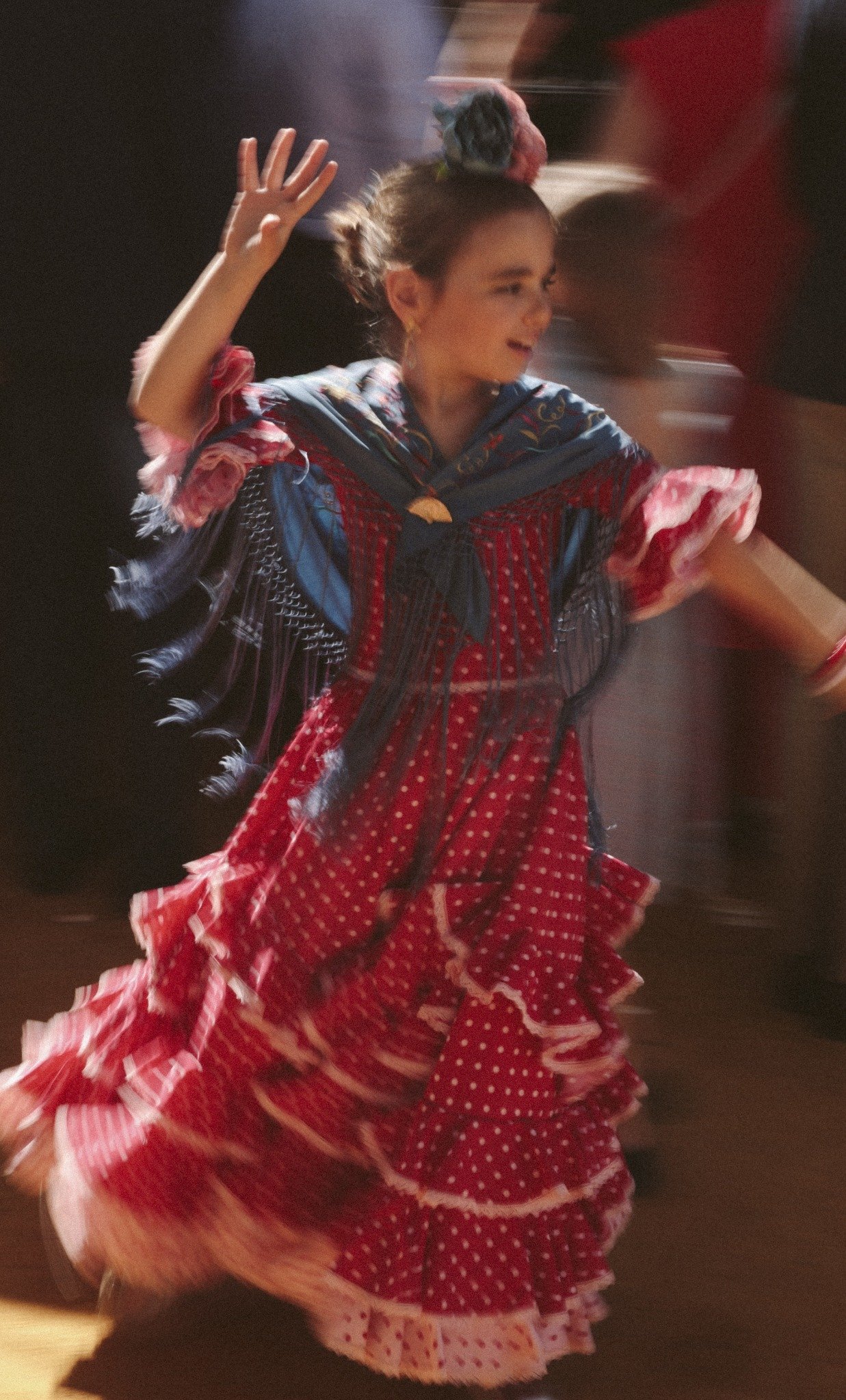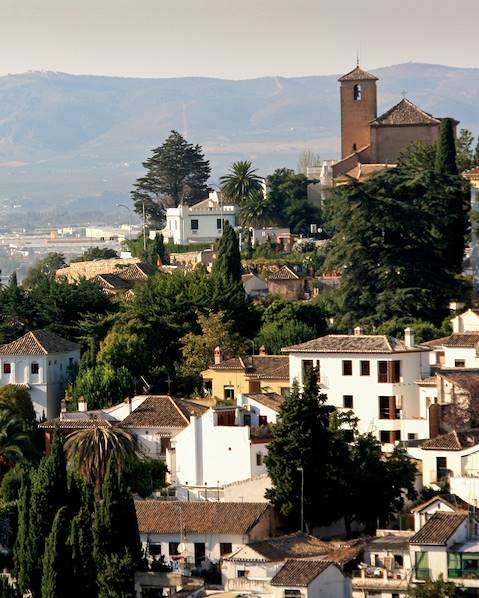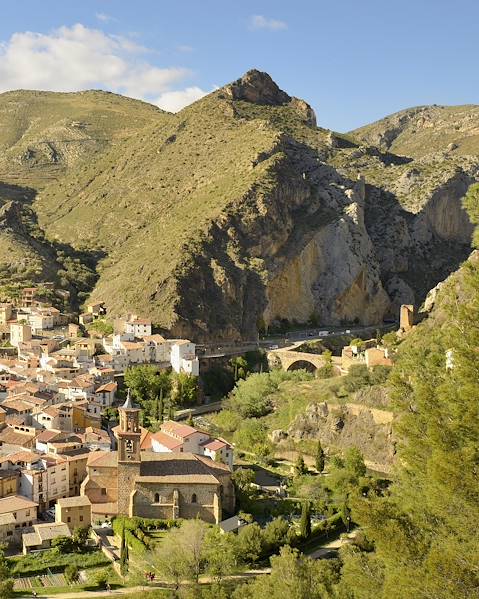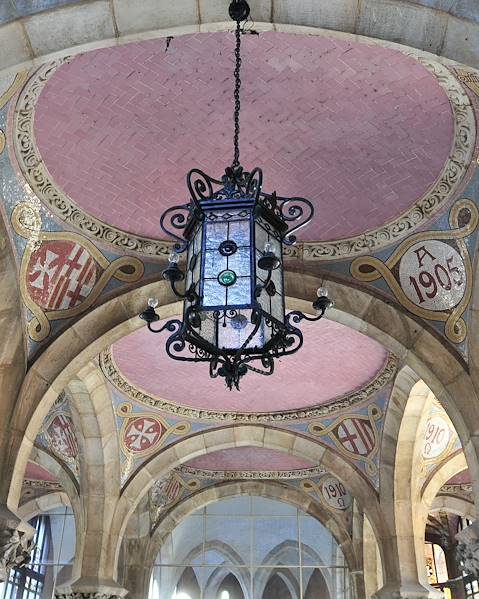Population
46,600,500 (2019)
Official language
The official language is Castilian (Spanish). Some other languages have a regional official status including Basque, Catalan, Galician and Valencian.
Language spoken
73% of Spaniards speak only Spanish, plus 10% which also speak Catalan; 8.2%, Galician; 1.5%, Basque; 1.5% Romany and 0.5% Asturian.
People
Spain is a mosaic of people from different backgrounds and identities, some of whom kept a strong identity. Recently a survey showed that 80% of Basque people and 75% of Galicians feel more Basque or Gallician than Spanish.
Religion
Around 52% of Spaniards identify as Catholic, while around 2.5% practice other faiths (including Islam and Protestant Christianity). Catholicism is everywhere and its influence can be seen in churches and museums, of course, but also in everyday life, with religious holidays and festivals. Each city, town and village in Spain has its own patron saint.
National Holiday
October 12: Day of the Hispanic World.
Holiday Schedule
The national holidays are :
- January 1: Day of the year.
- January 6: Epiphany.
- In late March - early April: Easter (including Good Friday).
- Easter Monday holiday in Catalonia, Navarra and the Basque Country.
- May 1: Labor Day. 11 June: Corpus Christi.
- August 15: Assumption.
- October 12: Hispanic day.
- November 1: All Saints Day.
- December 6: Day of the Constitution.
- December 8: Immaculate Conception.
- December 25: Christmas.
In addition, each region has a holiday that is called the "Day of the Autonomous Community":
- Andalusia : Feb. 28;
- Aragon : April 24;
- Asturias : September 8;
- Balearic Islands : 1 March;
- Canary : 30 May;
- Cantabria : July 28;
- Castile La Mancha : May 31;
- Castile and Leon : April 24;
- Catalonia : September 11;
- Valencia : October 9;
- Extremadura : September 8;
- Galicia : May 17;
- La Rioja : June 9;
- Madrid : May 2;
- Murcia : June 9.
Finally, a city or town can have its own holiday for its patron saint.
History
Rome populated Spain in the third century BC and the country was key to the Roman Empire. While the Roman Empire fell, the Visigoths (among other barbarians) built settlements in spain. The country takes up Catholicism from 589 AD but the Moors began to expand, including into Spain. In 711, Tariq ibn Ziyad, went to Europe at the head of a Berber army and seven years later they were in Barcelona, with the Arabs staying in Spain for seven centuries. A huge part of southerh Portugal and Spain became Al-Andalus, part of the Muslim empire; its influences can still be seen everywhere in architecture and design. This system thrived - even keeping Viking invaders at back in the ninth century - and peaking in power under the leadership of Abd-ar-Rahman III in the 10th century who gained independence of Al-Andalus from Egypt and Syria. In the mid ninth century, Magyars invaded and Christianity started to spread, but Al-Andalus remained the main power. However, by 1250, nearly the whole of the Iberian region was under Christian rule with the exception of the Muslim kingdom of Granada.
In the 15th century there were three key Christian kingdoms with the Kingdom of Castile (northern and central portions of the Iberian Peninsula); the Kingdom of Aragon (northeastern parts of the peninsula); and the Kingdom of Portugal occupying the far western Iberian Peninsula.
King Henry IV of Castile’s death (1474) sparked the War of the Castilian Succession (1475–1479) and the outcome was that his half-sister Queen Isabella I of Castile (supported by the Kingdom of Aragon) gained power and the throne. She married Ferdinand (from Aragon) and their marriage united the two families, meaning that the start of Spain as we know it now began. Although there was relative religious freedom previously, their rule saw the spread of Catholicism and many converted.
Spain colonised the Canary Islands in the 14th and 15th centuries and their empire grew and grew, until they were the largest empire in the world. Trade flourished across the Atlantic between Spain and the Americas and across the Pacific between East Asia and Mexico via the Philippines.
In the 16th and 17th centuries, arts and literature flourished in what is coined as the Golden Age. The royal house of Habsburg, in particular, were great patrons of art and some of the best music, painting and sculpture came from this time. Throughout all of this time, the economy in Spain fluctuated but their power still grew, especially with the backing of the Catholic Church.
The next period, the Bourbon dynasty, started with the death of Charles II in 1700 and he was succeeded by Philippe d'Anjou. Throughout the next century there were struggles for power and a lot of politics. Although the country felt safe from France, in the early 19th century the country was invaded by Napoleon as part of the French Revolution. At the same time, in a series of revolts, Spain lost all of its North and South American colonies, except Cuba and Puerto Rico. When the Duke of Wellington defeated Napoleon, Ferdinand VII was restored as King of Spain in 1814. The aftermath of the Napoleonic wars was terrible for Spain’s economy. In the countryside, farmers lost their crops and livestock to the armies and the loss of the empire created a huge decline in the country’s wealth, and by 1820 it had become one of Europe's poorest and least-developed societies, with three-quarters of its people being illiterate.
The First Carlist War, fought 1833 to 1839, kicked off a century of unrest with fights for power and resistance from overseas powers, including Cuba who launched a war of independence against Spain. In 1902 Alfonso XIII came to the throne. Spain was neutral during World War I which did wonders for its trade economy, then in 1923, following a coup, Miguel Primo de Rivera (1870-1930) establishes a dictatorship. He was forced to retire seven years later. In 1931, elections gave power to an anti-monarchist coalition - the king abdicated, the Republic was proclaimed and so began the transformation of the country.
The Spanish Civil War was fought from 1936 to 1939 between those with differing political ideologies. Francisco Franco led some of these battles and formed foments a military uprising, waged against the Republic. In 1939, the Republicans were defeated and what followed was a devastation on the Spanish people who went against his ideologies who were executed, sent to prisons or concentration camps. Franco ruled until his death on 20 November 1975 and in the years that followed, democracy became part of Spain’s structure and eventually the country joined the European Union in 1993.
Policy
Spain is a Parliamentary monarchy. The king appoints the President of the Government (Prime Minister). Legislative power is held by the Cortes Generales and the parliament is split into two chambers: a Senate of 259 members (208 directly elected and 51 appointed by the Autonomous Communities); a House of Representatives of 350 members elected by proportional representation. The 50 Spanish provinces are grouped into 19 "’autonomies’ with wide freedom of action. The main political parties are the Partido Popular (PP), Conservative; the Partido Socialista Obrero de España (PSOE) and Spanish Workers Socialist Party; Izqierda Unita (UI), which includes the Communists and the Greens. In some regions, the regional parties have an important weight: BNG in Galicia (Galician Nationalist Bloc), PNV (Basque Nationalist Party) in the Basque Country and CiU (Convergence and Union) in Catalonia.
Famous Spanish People
Averroes (Abdu'l-Walid Muhammad ibn Rushd, 1126-1198), physician and philosopher. His work is one of the best illustrations of the impact of Islamic Spain on European culture.
Ignatius of Loyola (1491-1556), From the Basque, he was one of the great figures of the Spanish Renaissance and the Catholic Church.
Guernica (1937). This painting by Pablo Picasso, is one of the most famous works of the 20th century. It is a tribute to the Basque town bombed by German planes during the Spanish Civil War, and has been displayed in Madrid since 1981.
Etiquette
Tipping is at your discretion and not expected. However, if you want to leave a tip: for drivers, 1-3 Euros per passenger is fine (with no more than 10 Euros per car); or for guides, 10 Euros per day per person. At restaurants, tipping is nice if you enjoyed your experience and 10% shows gratitude.
Shopping
If you want something traditionally Spanish, invest in traditional Iberian crafts such as leather goods, pottery or shawls; lace and embroidery are famous in Andalusia; Galican is known for its linen cloth; and the food across the country is amazing. From cured ham to honey, you can find amazing edible goods wherever you go.
Food
Spanish food is hearty and full of flavour with a number of different influences. Fish and seafood are everywhere, as well as Mediterranean products such as olives, olive oil, cheeses and cured meats.
Local delicacies include tripe (callos) in Madrid; hake in Bizkaia in the Basque Country; paella in the Valencia region; fabada (stew) in Asturias; and everywhere, grilling meal is an art. Whether you want gourmet food or hearty streed dishes, you’ll find something delicious wherever your go. Tapas (in Andalusia) or pintxos (the Basque Country) are mini-dishes that you can at a bar counter in a casual experience while drinking a glass of wine.
The capital of these dishes is unquestionably San Sebastian, and nowhere else in the world will you find such a variety of dishes and such creativity with tapas or pintxos.
The casseroles are available everywhere, as well as croquettes and small bites like canapes. The most popular tapas dishes are albondigas (meatballs), octopus and fried squid. The platos combinados (mixed dishes) have eggs, ham and potatoes. When it comes to meat, cured ham (jamon serrano) is a classic, but there are dozens of varieties. Ham Salamanca can be eaten after a year of drying, and if it gets too old or too hard, is used to flavor stew (cocido) or broth (caldo). Chorizo is another classic: pork sausage that’s fragrant and colorful with pepper and paprika and a bit of spice. Regions have their variants such as chorizo de Pamplona which is a mix of beef and pork with paprika. Lomo is a filet mignon of pork, dried and lightly smoked and served with fried eggs - it’s one of the most popular dishes of the country. With regards to fish and seafood, you’ll find varients and creative dishes across the country, from the berberechos (cockles) of Cantabria; and chipirones from Gipuzkoa is stuffed calamari cooked in squid ink. The Spanish have a great affection for the octopus when it comes to food and serve it in many ways, including friend with chilli, covered in garlic and olive oil, or marinated in salads. Mussels are prepared in many ways, and the anchovy is a incredibly popular eaten fresh in spring and summer and then preserved throughout the year. It is eaten alone or used to flavour soups and stews. As for vegetables, there are great gardening traditions across the country including in the valley of the Ebro, Navarra and Rioja, as well as in the Valencia region.
The guindillas Andalusia are small green peppers with a little spice that are put into into vinegar, similar to pickles; the piquillo Lodosa are sweet peppers that can be stuffed with cod; artichokes of Navarre are delicious fried with thin ham slices; and Andalusian capers (caporones) are excellent and can get to the size of olives.
Olives are a staple in Spanish food. In Catalonia, and especially in Andalusia around Jaén, olive groves stretching out of sigh and travellers to this region will notice the heady smell of olive oil that floats everywhere. With regards to cheese, manchego cheese is the traditional sheep’s cheese that is found everywhere in Spain, and the idiazabal of Gipuzkoa is considered the king of sheep cheeses. Every year, for the feast of the Virgin, in September, the Basque shepherds are found in the small village d'Ordizia to elect the best cheese of the year, which is then auctioned.
Drink
Spanish beer is quite ordinary but in Asturias there’s a refreshing and sour cider which is worth trying. The horchata is one of the oldest Spanish drinks, invented or introduced by the Arabs in the Valencia region - it is made from grinding the roots of a kind of papyrus that grows in irrigation canals huertas. It’s very refreshing and you can drink all over southern Spain.
Above all else, Spain is a wine country: limestone, omnipresent sun, tradition and skilled labor forces have led the development of many production areas, including Duero Valdepenas, Rioja, Navarra and Andalusia. Albarino in old Spanish is the ""white Rhine"" from the Burgundy grape variety, replanted around Santiago. White Galician resemble the wines of Alsace - the vines are trellised, facing the spray of the ocean and generally production is done by hand and this shows in the bottle. The canyon of the Sil, whose steep slopes become a cultivated terrace, is one of the most beautiful scenes in Europe, as each terrace is occupied by a single row of vines. Gipuzkoa Txakoli is a rare white wine that comes from an old Roman variety, the same as Jurançon or Gaillac, but that has been kept unchanged for 20 centuries. Tempranillo from Rioja is another wine created by the Benedictines in the way of Saint-Jacques, but there are several types of Rioja wines, the most developed of which can compete with many Bordeaux.
The Andalusian wines include sherry, manzanilla and montilla-moriles, but there are many variations of dry white wines of Andalusia. There are, in general, three types of wine: primeur (tintos jovenes), the crianzas (aged wines), and gran reservas. Vermouth is sold in most Spanish bars and there are dozens of uses and flavours, and each producer says that their recipe is the best, the oldest, and the one with the most therapeutic properties.
The vermouth is drunk "al grifo" with soda water to make it slightly sparkling and very refreshing.
















